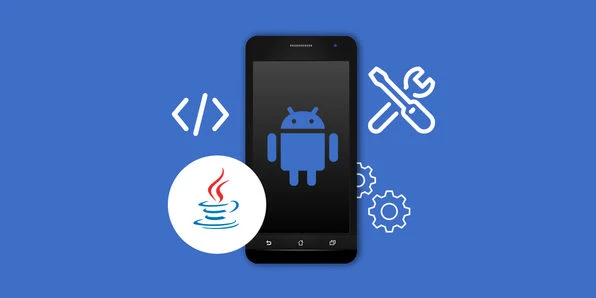Before we move ahead with the rules, be clear that these rules do not tell you to differentiate between right or wrong. Instead, it simply helps you to know what is important for creating a valuable software product for the customers.
Here goes the list-
The user-requirement analysis is critical to the success and failure of your Android app. If you are developing an android app in collaboration with a mobile app development company, make sure that they represent user requirements in a proper form.
Consider how they are addressing user-requirement and what methods they are selecting to generate user-requirements and validation.
Focusing on the above, you can apply these two fundamentals for creating an interactive, easy-to-use, responsive mobile app:
- Information gathering: At this step, gather background information about the users and stakeholders and the processes that currently take place.
- The user needs identification: After you have the users data, identify the users’ needs, through a survey, focus group, interviews, scenario and use cases, and by evaluating the existing competitor systems.
- Envisioning and evaluation: At this stage, develop a prototype to illustrate and carry out brainstorming sessions to validate and refine the requirements. Here, include your Android App Development company during brainstorming sessions to generate new ideas.
- Requirements specifications: Here, categorize the requirements into three parts: user requirements, usability requirement, and organizational requirements. Evaluate these, and based on this, set the priorities and criteria.
The market is flooded with Android devices. Every brand offers multiple types of devices with different screen size and capabilities. So, once when you have critically completed user-requirement analysis, shift your focus on the variety of Android devices. Here, make sure your technology team is aware of device compatibility requirements, and optimize the performance of your mobile app for Android. Businesses seeking enterprise-based application development solution need to pay more attention, as it can ultimately affect their business revenue.
3.Responsive User Interface (UI): Responsive UI is integral to the mobile application. Responsive design has three key ingredients:
- Flexible Grid-based layout: When building a responsive app design, set the viewpoint right by fixing width, so that everything can be squish and stretch between the screen size.
- Flexible media: Individual elements of media such as images, frames, or videos should be organized in a perfect ratio by properly defining width and height of the elements.
- Media queries: Enable JavaScript and follow JavaScript polyfill to provide current web technologies to the masses.
- Reduce the cognitive load- Eliminate the friction point during task completion
PS: If a feature is meaningful, has benefits, and add value to the product, only then go ahead with it, or else reject the idea.
4.Integer Vs. Float: Until acute precision is not required, avoid using float. This is because Smartphone’s CPU is not as advanced as of a desktop, and since float consumes more space than an integer. Besides, in most of the Android application, high precision is not a crucial issue.
So, when you structure your application, using an integer to implement custom fixed-point math will allow you to have control over your accuracy, without compromising with the space of the application.
Take guidance from your Android application development company for better judgement, after considering your business requirement and goals of the software application.
5. Avoid Virtual Method Calls Within the Class-
It is better to avoid virtual method calls unless it is required when using C / C ++ programming language. When an object is written in this language, the initializers run from most derived class to the base class. When it comes to .NET, objects begin as more derived type, and so virtual method calls run on the most derived type. So, if you make a virtual method call in a constructor, the natural, inheritance hierarchy is not the most derived type, as it will call on the class, whose constructor has not been run. You can hire Android developers to have more knowledge on the subject.
It is better to avoid virtual method calls unless it is required when using C / C ++ programming language. When an object is written in this language, the initializers run from most derived class to the base class. When it comes to .NET, objects begin as more derived type, and so virtual method calls run on the most derived type. So, if you make a virtual method call in a constructor, the natural, inheritance hierarchy is not the most derived type, as it will call on the class, whose constructor has not been run. You can hire Android developers to have more knowledge on the subject.
6.Mobile Application Usability Testing-
If you assume that every mobile app user who download the application, use it in the same way as other, then you are wrong here. And this assumption can prove fatal for your application.
And if you have considered all the possibilities during the Android app development process, then it is time for you to conduct a stringent mobile application usability testing. While testing, here are some factors that you need to consider:
- Give importance to single column layout than multiple columns
- Keep content at the centre of the screen and place the navigation controls at the bottom
- The targeted touch for mobile devices is 7x7m which is approximately 40 pixels
- Replicate real-world movements and proportionate gestures
- Have a natural-flow of content to win the users
- Follow a progressive disclosure policy



No comments:
Post a Comment